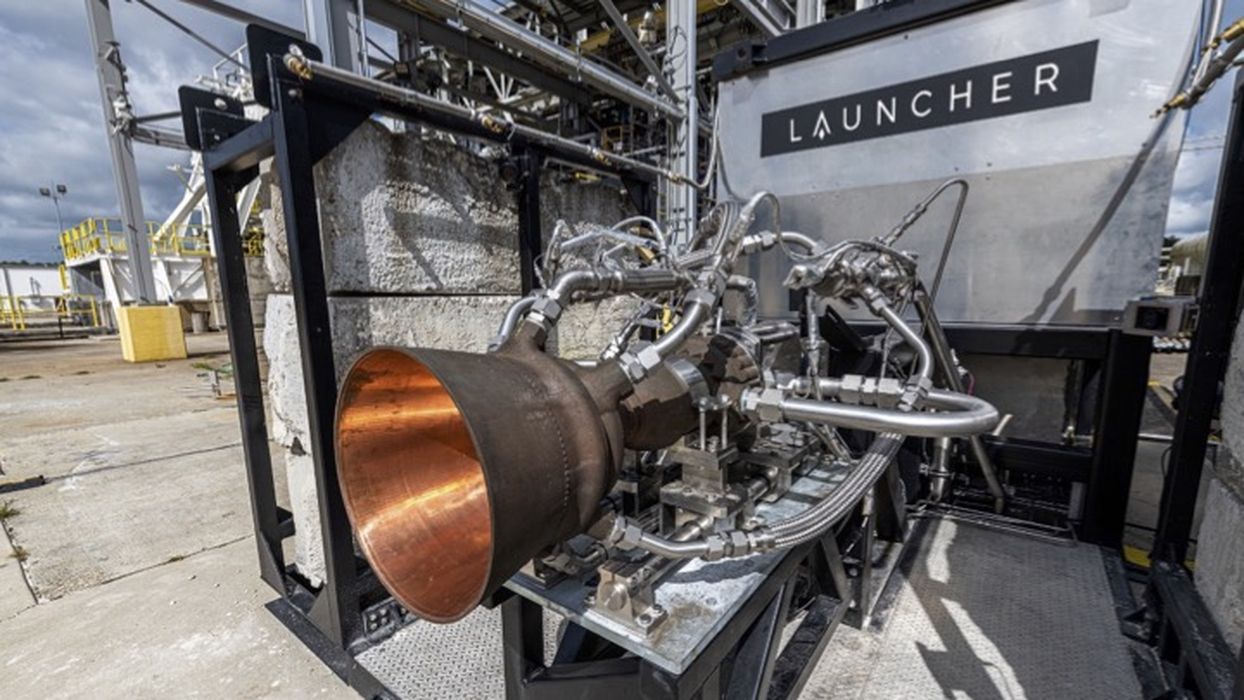
The market for customized 3D printers is set to boom in the aerospace and medical device industries—and that’s just the start.
After years of R&D and niche applications, manufacturers are embracing 3D printing as a part of their critical manufacturing operations. However, as capabilities expand and engineers design specifically for additive, some companies are finding that conventional printers don’t always meet their needs when it comes to printing very large or very small components. That’s where a customized 3D printer is increasingly becoming a viable solution as the next step in a company’s tool kit.
“Within the last few years, lots of companies bought their first [additive manufacturing] systems, especially OEMs,” said Felix Bauer, head of sales at AMCM, an EOS Group company based in Germany that specializes in customizing EOS 3D printing machines to meet specific customer requirements. “They’ve made their way out of the little baby steps and now it comes to very specific use cases.”
Those companies would then work with specialists such as AMCM to develop a custom 3D printing solution. Customizing a 3D printer could involve modifying or adjusting a component of a standard machine—such as the laser—according to the part design, material or throughput needs. If the application requires it, a company like AMCM could also develop a completely new machine for the manufacturer.
The need for custom machines is more common in metals printing. While polymer additive has been around for decades, metal additive manufacturing is still new, and expertise is less widespread.
A common use case for custom 3D printing is the need to manufacture a metal component that is large and bulky in some sections, but small and filigreed in others. Engineers could find themselves needing two machines in one to print both parts of these components. When an engineer encounters barriers with what is available on the market is when a call to a specialist company that can design customized printers would add significant value to the operation.
The increase in the use of metal has resulted in more standard metal printers coming into the market; Bauer estimates that there will be a greater demand for customization of 3D printers in the next few years. “I really think that some applications make more sense on a customized machine, where you tune the machine towards the material or towards the size of the part,” he said. “These types of applications will benefit from customized machines.”
Printing Large and Small Parts
Standard 3D printers have a finite work area that constrains the size of the finished part each machine can print. However, there is growing demand at opposite ends of the work area for either very large pieces or very small ones.
At the large end of the spectrum are parts such as rocket engines. AMCM teamed up with the aerospace startup Launcher to 3D print rocket engines. This required a machine with a work space larger than the ones found on the market in order to print its rocket combustion chamber. The chamber needed to be printed as one single part for optimal cooling, better maintenance and lower cost—crucial elements to Launcher’s business model.
Those components usually have dimensions approximately 450 x 450 x 1,000 millimeters and are made of copper chromium zirconium—but Launcher couldn’t find a conventional printer on the market that could fit the finished chamber.
“It became clear that they needed a certain adjustment to the machine, because it was not tall enough or there was just a little something missing with the machine that really could help enable the business case,” said Bauer. “That’s when we came in and made the machine that fits perfectly for the rocket guys.”
Launcher worked with AMCM to customize an EOS M4K industrial printer to produce a large single-part copper alloy component with internal regenerative cooling channels. A key component of the printer is the 1-kilowatt laser, which is ideally suited for higher conductive materials such as copper. The M4K can be equipped with that laser as well as the more conventional 400-megawatt lasers commonly found in laser printers. The machine can print using copper, tungsten and titanium.
Customized printers are also increasing in popularity when it comes to creating very small components. One example is the anti-scatter grid (ASG) used in CT scanners to absorb scattered radiation and boost resolution—an instrumental component in an important technology. An ASG has a thickness of only 100 microns and a positional accuracy of a mere 25 microns. AMCM partnered with Dunlee, a medical imaging and x-ray component supplier, to develop a customized EOS M 290 printer that could manufacture ASGs.
The grids are made from tungsten because the material can withstand high temperatures, is very wear resistant and is highly effective in blocking radiation. However, the material is notoriously difficult to process, and being for medical use the component needs to be made to precise and exacting standards.
“They are extensively filigreed, very fine parts that cannot be printed with a normal laser—you have to adjust the machine a little to create those very special parts,” said Bauer. The printer enabled Dunlee to double its production capacity in one year.
Whether the parts that need to be printed are exceptionally large, or microscopically small, Bauer anticipates that the market for customized machines will grow significantly.
The examples cited above are indicative of the broader trend in some industrial sectors to seek out customized 3D printing solutions—the same sectors where additive manufacturing already had a solid foothold. In the North American market, AMCM sees the most opportunity in aerospace, particularly the private-sector space industry, while in Europe the demand is high in the medical sector. The company also takes on business from OEMs and their top-tier suppliers.
Read the rest of this story at ENGINEERING.com
